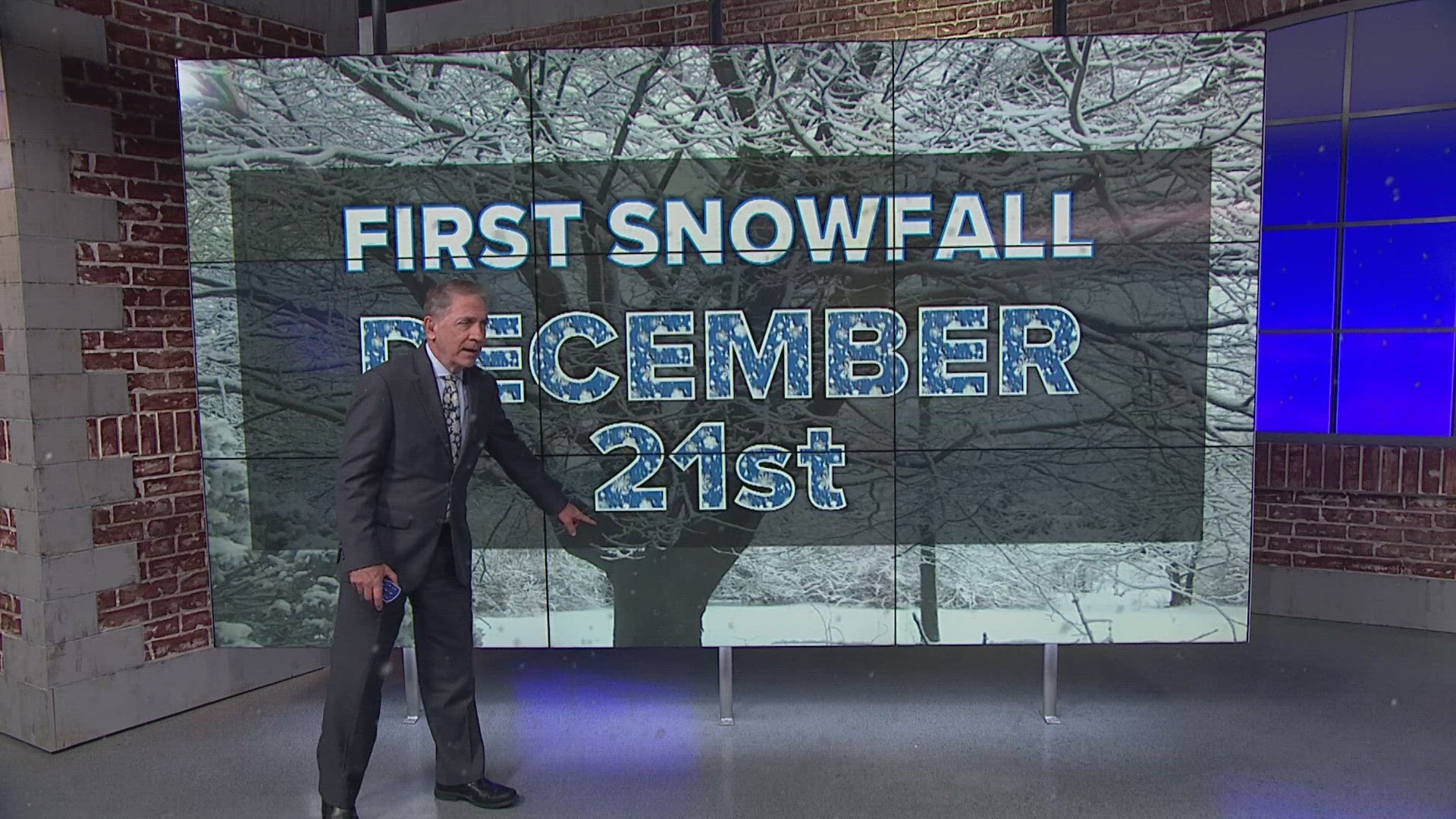FAIRFAX, Va. — With winter on the way, that means temperatures will be dropping and energy bills possibly going up. Fairfax County officials are encouraging residents to find a creative way to stay warm and save money this winter with the two-degree challenge. The two-degree challenge calls for turning your thermostat down by at least two degrees to reduce energy consumption and potentially save money.
Heating your home takes energy. The Department of Energy says that people can save anywhere from 1% to 3% on their energy bills for every degree you turn your thermostat down in the winter.
If you turn it down by seven or eight degrees when you leave the house for the day, the DOE estimates that you could save up to 10% on your energy bill. The DOE recommends setting your thermostat to 68 degrees in winter to save on energy usage.
Setting the thermostat lower also slows down the speed that your home loses heat. Your heating system won't have to work as hard to keep the indoor temperature stable. The smaller the temperature difference is between outdoors and indoors, the lower the cost.
DOE recommends setting the thermostat to 68 to 70 degrees in winter .
Taking these steps will also help the environment. Since most homes still rely on natural gas and other fossil fuels for energy, reducing the amount of energy that you use, could reduce your carbon footprint.
Using energy is a source of greenhouse gas emissions. Fairfax county officials say in 2020, electricity accounted for 35 percent of the county's greenhouse gas emissions.
Tips to keep your home warm
Here are some tips from Fairfax County Department of Energy:
- Open the curtains on south-facing windows during the day to let the sun naturally warm the room. When the sun goes down, close the curtains to help retain your indoor heat at night.
- Give your indoor heat fewer opportunities to escape by properly (and safely) sealing air leaks around your home.
- Regularly change your air filter to help your HVAC run smoothly and efficiently, maximizing its benefit. Schedule routine “checkups” for your system to make sure it’s working well.
- Dress warmly. Get cozy with sweaters, socks, and blankets.
- Circulate warm air with your ceiling fan (yes, really!). During the summer, you probably want your fan running counterclockwise, which provides a cooling effect. But in the winter, check if your ceiling fan has a “reverse” option to run clockwise—if so, this will help recirculate the warmer air that moves to the top of a room.
- Consider a programmable thermostat, which will allow you to pre-set your home’s temperature for different times of day. This can make it easier to automatically dial back the heat when you don’t need it as much, like when you’re usually asleep or not at home.

